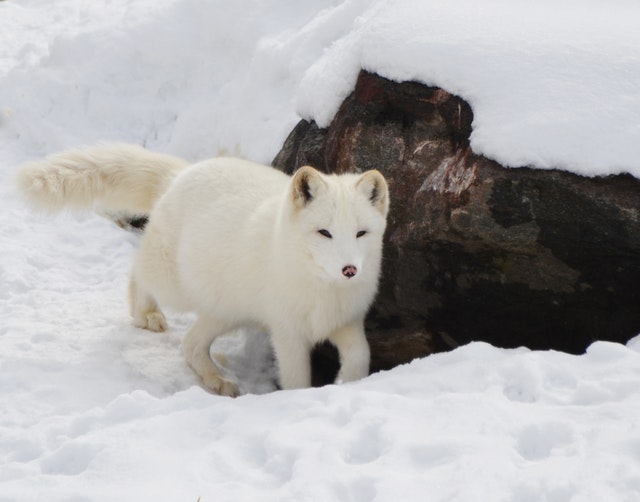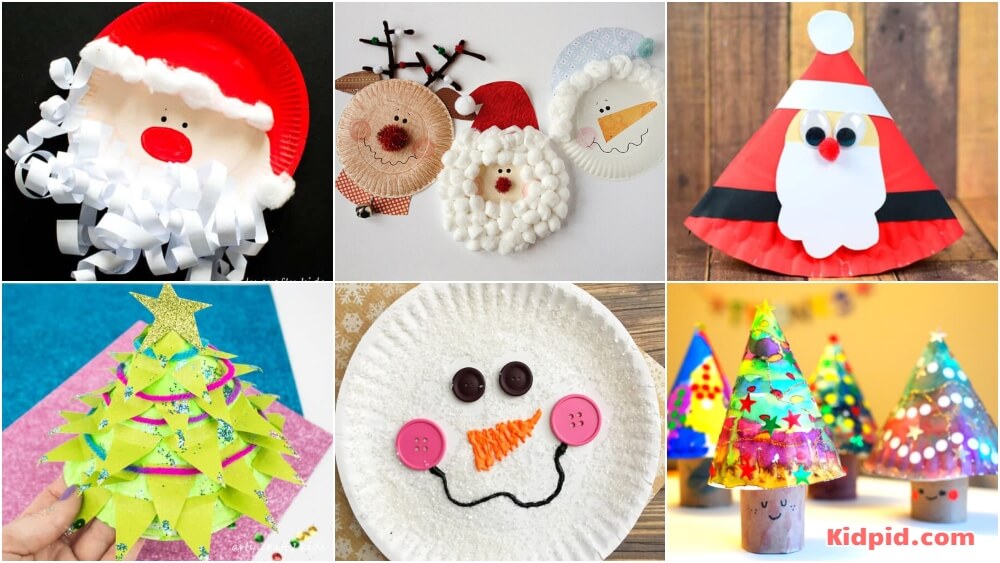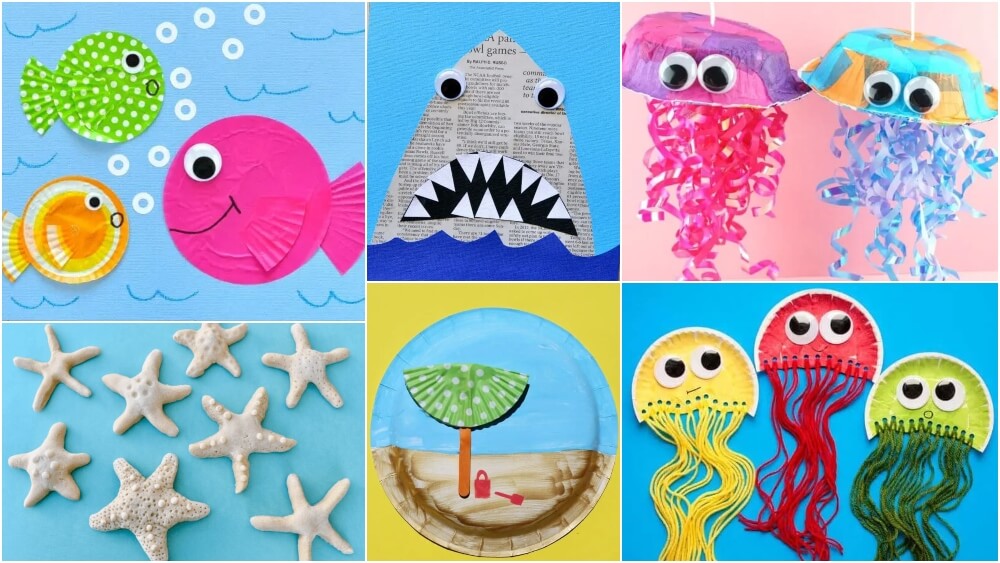How do Animals Survive in the Cold?

How do Animals Survive in the Cold?
- Animals shed their brown or grey colours and grow white fur or feathers to help them make it through the winter.
- Polar bears have two kinds fur, a super thick inner layer and an oily outside layer called guard hair. The inner layer fur traps their body heat as it leaves their skin and the longer guard hair keeps the inside layer totally dry when they swim in the water.
- Some animals go for deep sleep (hibernation) to save energy.
- Emperor penguins on the other hand, have neither blubber nor fur, they use each other to stay warm.
One of the best parts of winter is curling up with a blanket an a cup of hot cocoa and watching the snow fall outside while you stay nice and warm. But what do animals do when it gets cold? They don’t have blankets, hot cocoa or heated houses like we do. We’ll, different animals have different ways of dealing with the winter weather. Some animals migrate or move to a warmer place for the winter. And some of them hibernate or hang out in their cosy dens underground. They do not come out until it is warm again.
But other animals don’t migrate or hibernate and they manage to live in places with really cold winters. But how do they do it? We’ll they have come up with a pretty cool way to fit in with their snowy environment. I’ll give you a hint. It involves a winter coat. Not a jacket with buttons or a zipper like you or I might wear. Instead they have fur and feathers that cover their bodies when it gets cold.
When the days get shorter these animals shed their brown or grey colours and grow white fur or feathers to help them make it through the winter.
The Arctic fox that lives in the North Pole doesn’t always look the same from season to season. When the days get shorter and colder, their coats get thicker and whiter. With this extra thick fur coat and bushy tail to wrap around its body, the Arctic fox is better at holding on to its body heat than any other Arctic animal. And when the summer arrives, Arctic fixes she’s their white coats and grow new ones that are brown or grey.
Arctic hares also use the same trick to survive the winter. And like the foxes, they have thick white fur to keep them warm plus pads of thick hair on the bottom of their feet.
The ptarmigan is a bird that lives in the Arctic too and it does not have fur at all. It has feathers that change from brown in the summer to white in the winter. Their soft fluffy feathers are pressed close to the skin, trapping in their body heat and keeping the bird toasty warm in the snow. They also have extra feathers on their legs and feet to help keep them warm. And ptarmigans have other ways of staying warm in the winter too. Sometimes they’ll fly straight into a pocket of powdery snow, they’ll make a little burrow or tunnel in the snow that they can snuggle up in, kind of like a fort.
Hibernation is a deep, deep sleep that some animals go into during winter. They’ll sleep for months and months and they don’t wake up until spring. They aren’t necessarily sleeping but they go into hibernation because during the snow cold months they are unable to access any food. The leaves fall off the trees, the fruits stop growing and even the bugs disappear. To survive, some animals will migrate to some place warmer where they can find food. Other animals like the squirrel will store food away to eat when its cold.
Before they hibernate, a ground hog will spend weeks eating as much as possible. That little ground hog will turn into a great big ground hog with a thick layer of body fat. Then once it’s, they’ll cuddle up in their burrow and fall asleep. During hibernation, their lungs and heart rate slows way down so as to not use much of the energy rapidly. This means that they don’t have to wake up every day to eat more food. The layer of fat that the ground hog put on during the fall slowly gets used up for energy and by the time the ground hog needs to wake up to eat, it’s time for spring. Lots of other animals can hibernate as well like bats, hedgehogs, bears and chipmunks. Bats will even hibernate together in colonies to share the warmth.
Seals, walruses and whales have blubber – which is a really thick layer of fat between its skin and muscle. Whales are almost totally covered in it except for their fins, flippers and tail.
Polar bears have fat that is very similar to human fat so it’s not that useful for helping them to stay warm. Polar bears have two kinds fur, a super thick inner layer and an oily outside layer called guard hair. The inner layer fur traps their body heat as it leaves their skin and the longer guard hair keeps the inside layer totally dry when they swim in the water. Together both these layers keep the animal nice and warm.
Emperor penguins on the other hand, have neither blubber nor fur, they use each other to stay warm. They huddle together to trap warm air between their bodies instead of standing alone and being totally exposed to the cold wind. The penguins squish together so that each penguin is surrounded by the body heat of the other penguins.
Animals have some pretty cool ways to deal with the cold but since you and I don’t have blubber, fur or any penguin friends, we need to resort to the comfort of our sweaters and homes.






Responses